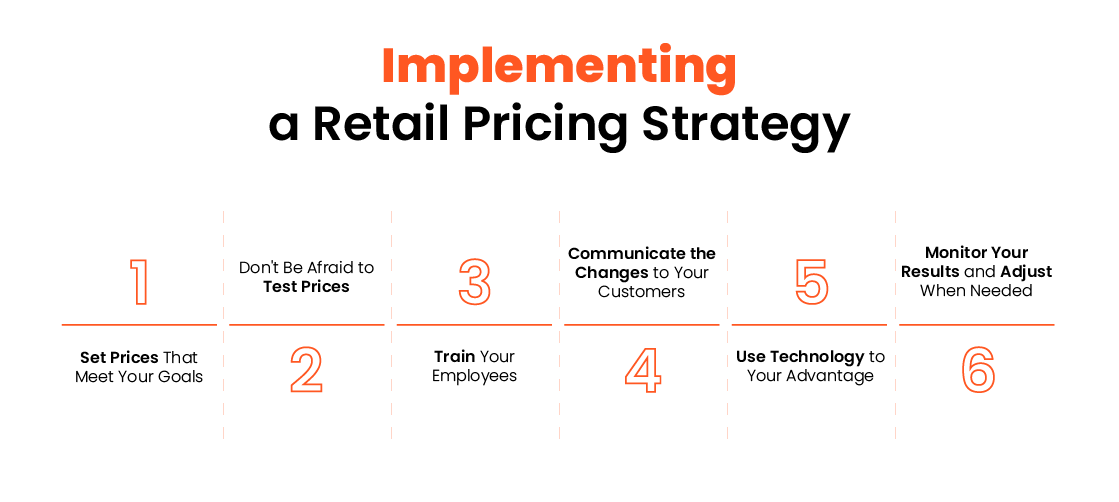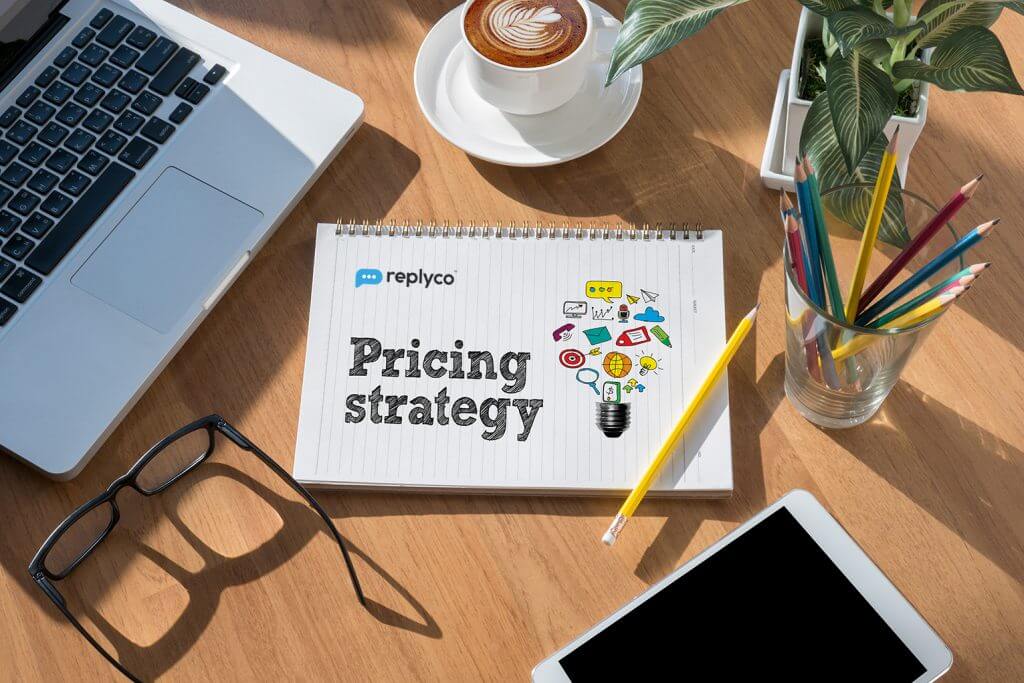The Link In Between Brand Name Positioning and Your Pricing Strategy
The Link In Between Brand Name Positioning and Your Pricing Strategy
Blog Article
Optimize Revenue With Proven Pricing Method Techniques
Methods such as value-based pricing, vibrant prices, and thorough market analysis can significantly improve a business's financial performance. Comprehending client perception and leveraging data analytics for dexterous pricing changes are essential components of this method.
Comprehending Consumer Assumption
Recognizing consumer assumption is important for creating efficient prices techniques. It affects exactly how customers assess a product's worth, top quality, and general attractiveness. Companies must identify that customers frequently base their readiness to pay not entirely on the item's innate features but additionally on emotional factors, consisting of brand name track record, social status, and regarded scarcity.

In addition, companies need to think about the role of prices psychology, such as charm rates or price anchoring, which can considerably affect consumer habits. Understanding these understandings makes it possible for organizations to frame their rates strategies in a fashion that aligns with customer expectations while taking full advantage of profitability.
Integrating consumer perception right into rates strategies not only help in establishing affordable costs yet additionally cultivates brand name commitment, as consumers really feel understood and valued. Inevitably, a nuanced understanding of client perception can result in sustainable profits development and improved market positioning.
Studying Market Trends
To create an effective rates technique, examining market patterns is essential for companies wanting to remain competitive. Understanding the characteristics of market changes enables companies to make informed choices concerning prices adjustments, product launches, and resource appropriation - Pricing Strategy. By monitoring consumer habits, financial signs, and industry growths, businesses can recognize patterns that notify their rates structures
Key parts to think about when evaluating market trends consist of need flexibility, seasonal variations, and emerging technologies. Demand flexibility assists companies assess how cost changes might influence customer purchasing choices. Seasonal fads can provide insights right into ideal rates during peak and off-peak periods, enabling tactical discounting or marketing pricing. In addition, maintaining an eye on technical advancements can assist determine potential dangers or chances that can influence prices strategies.
Using information analytics devices can improve the precision of trend analysis, offering beneficial understandings that help with active decision-making. Companies must also take into consideration carrying out normal market study to verify assumptions and adapt to advancing customer choices. By leveraging these insights, services can not just optimize their prices methods yet additionally enhance their total market setting, ensuring long-lasting productivity and development.
Competitive Rates Techniques
An affordable prices technique is critical for services intending to gain an edge in a jampacked industry. By analyzing rivals' rates frameworks and market i loved this positioning, companies can tactically establish their prices to draw in consumers while keeping earnings. This approach requires a thorough understanding of both the affordable landscape and client understandings of value.
One effective technique is cost matching, where a company offers to beat a competitor or match's rate. This tactic can improve client loyalty and encourage sales, particularly in price-sensitive markets. Additionally, infiltration prices can be used to record market share by initially setting costs less than rivals, enticing clients to try the item and cultivating brand name our website recognition.
Moreover, companies can carry out emotional pricing strategies, such as rates items simply below a round number (e.g., $9.99 rather than $10 - Pricing Strategy.00) This can create the perception of a better bargain, influencing customer behavior
Ultimately, a successful competitive rates technique stabilizes the demand to remain eye-catching to customers while guaranteeing that the pricing model lines up with the business's total purposes. Regularly adjusting and examining pricing in feedback to market changes and competitor activities is essential for continual success.
Value-Based Pricing Methods
Value-based rates techniques concentrate on establishing prices mostly based on the perceived value of a service or product to the consumer, instead than only on manufacturing costs or competitor costs. This strategy requires a deep understanding of customer demands, preferences, and the special advantages that the product and services offers. By recognizing the details worth motorists that reverberate with customers, services can produce rates techniques that reflect real well worth of their offerings.
To apply value-based pricing properly, companies should engage in thorough marketing research, including client surveys and emphasis groups, to gather understandings into consumer understandings. In addition, businesses should sector their consumer base to tailor prices strategies that line up with various value perceptions throughout sections.
Communication plays an important role in value-based prices; business must verbalize the distinct worth proposal plainly to justify the price factor. Furthermore, recurring examination and modification are vital, as consumer assumptions of value might shift gradually as a result of market characteristics or affordable actions. By prioritizing value in pricing techniques, organizations can boost client fulfillment, improve loyalty, and inevitably enhance income.
Dynamic Pricing Models

Dynamic rates leverages advanced formulas and data analytics to monitor competitor prices, customer habits, and stock degrees. By dynamically changing rates, companies can optimize profits, make the most of profit margins, and respond swiftly to changes in the industry. Airline companies frequently employ this design to readjust ticket costs based on elements like continuing to be seats, time up until separation, and competitor prices.
Nonetheless, the implementation of dynamic rates need to be come close to with caution. Transparent interaction with clients is vital to keep trust and prevent perceptions of unjust prices practices. In addition, services need to make certain that their prices algorithms are not excessively complicated or nontransparent, as this can lead to consumer dissatisfaction.
Eventually, when performed thoughtfully, vibrant rates models can supply organizations with a substantial competitive advantage, allowing them to exploit on market chances while catering to consumer assumptions in a swiftly changing economic landscape.
Verdict

Strategies such as value-based rates, dynamic prices, and detailed market evaluation can substantially enhance a firm's monetary efficiency. Seasonal patterns can offer insights right into ideal pricing throughout peak and off-peak durations, enabling for tactical discounting or advertising rates.Dynamic rates leverages advanced formulas and data analytics to check rival pricing, customer actions, and inventory levels. By recognizing consumer assumption, examining market patterns, and applying affordable prices methods, companies can effectively straighten their prices with customer assumptions. In addition, value-based prices and dynamic prices designs make it possible for organizations to react agilely to market fluctuations.
Report this page